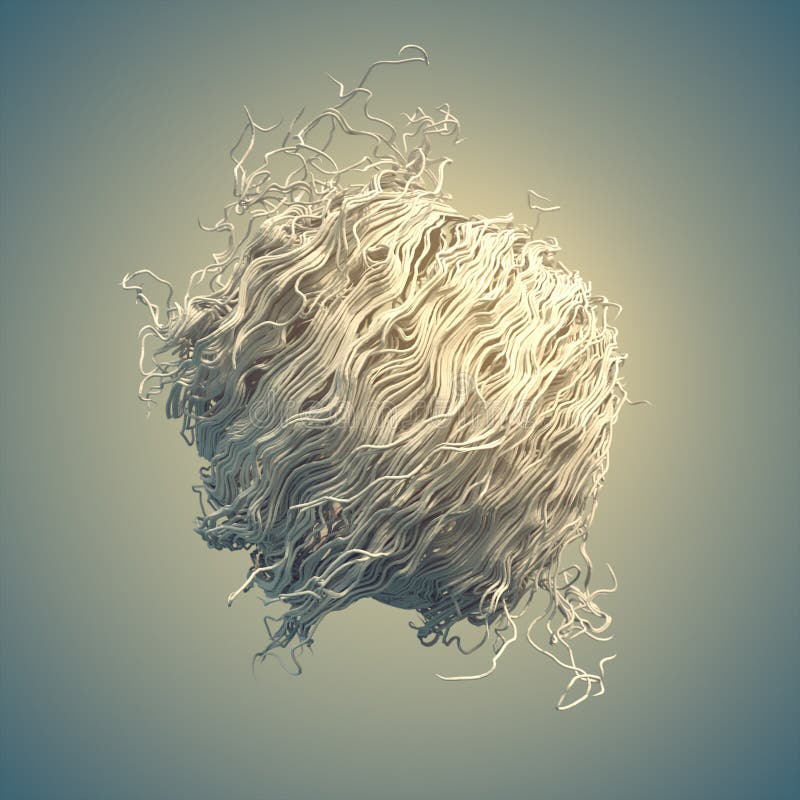
Mathematically, a vector field $F$ is divergence free if $\nabla \cdot F = 0$. That's what gives this visualizations their beauty, the lines never intersects. To demonstrate what that mean, consider particles that move along the lines you see above (The field represents their velocity), if the field is indeed divergence free, those particles will never collide. The image you posted above is a trace visualization for what is known as a divergence free vector field. However, I also provided an alternative using older versions of Animation Nodes, though it is not as efficient as I stated above. *EDIT Related question: Trace visualisation in 3D - how to wrap curves onto a 3D meshĪnimation Nodes v2.1 includes a very fast and efficient noise functions and so I will be using this version in my answer. Would you be so kind to explain how this can be achieved? Second, at the point marked with "B", i did not manage to get a loop output.

But how can i combine the expression node with the group output? The Problem occurs at the point marked with "A" in the image above.

Please refer to this image:Īs you mentioned, for the sake of using AN 2.0, i replaced the vector noise node with an expression node. I tried to follow your steps, but until now, i ran into two troubles. I hope the edit of this post is the right place to ask further questions. I have deep respect for your knowledge in both math and programming. Is this something that can be done with animation nodes? Or with a particle system? the distribution of the curves looks like a magic texture, but working with such didn't work either. I tried to apply curves to a deformed surface, but that was a bad idea. Does someone have any idea of how to achieve the following effect in Blender?


 0 kommentar(er)
0 kommentar(er)
